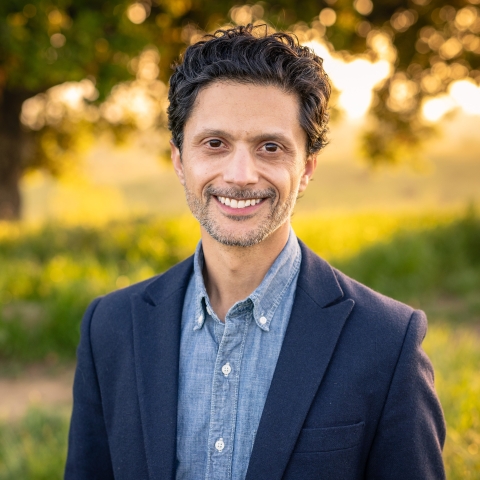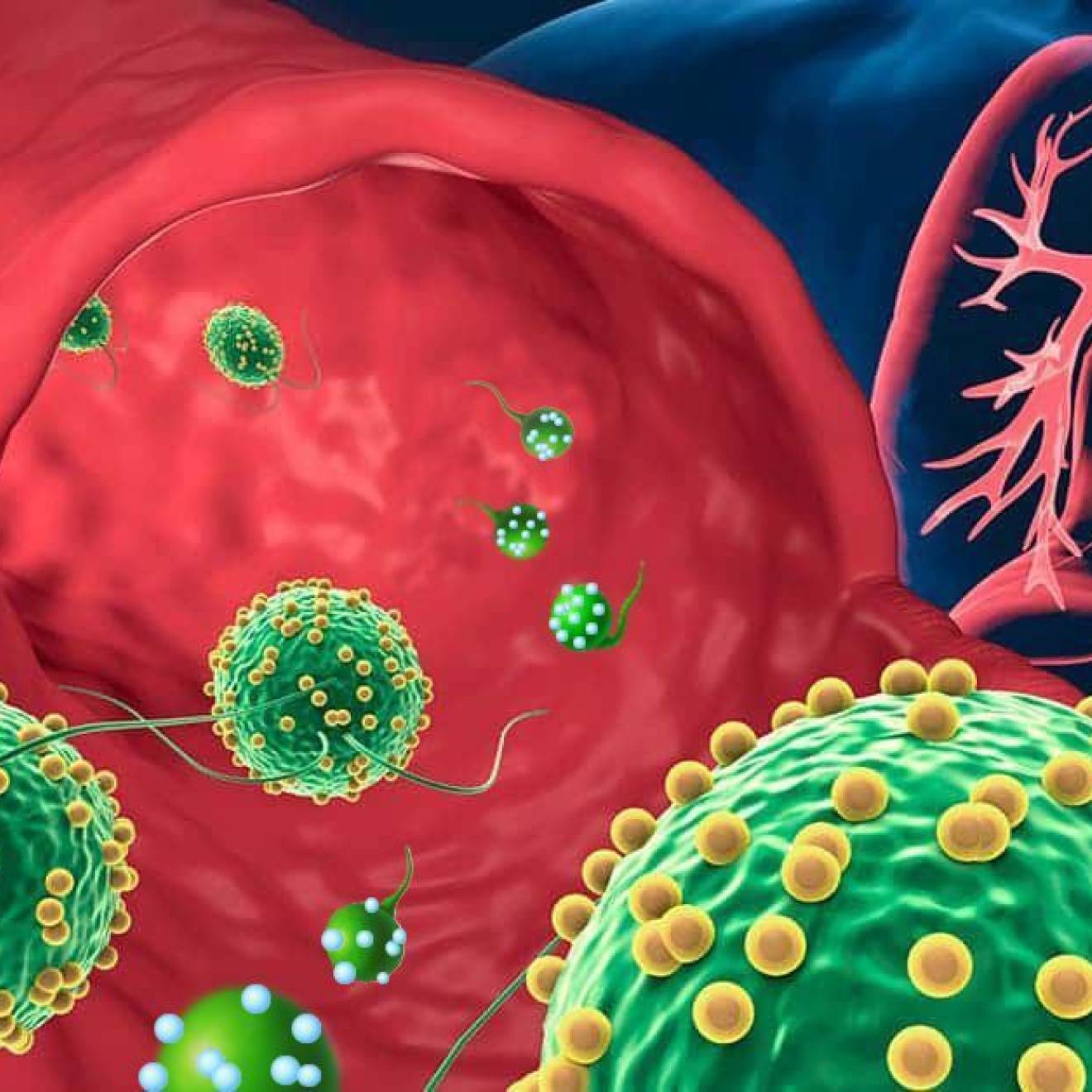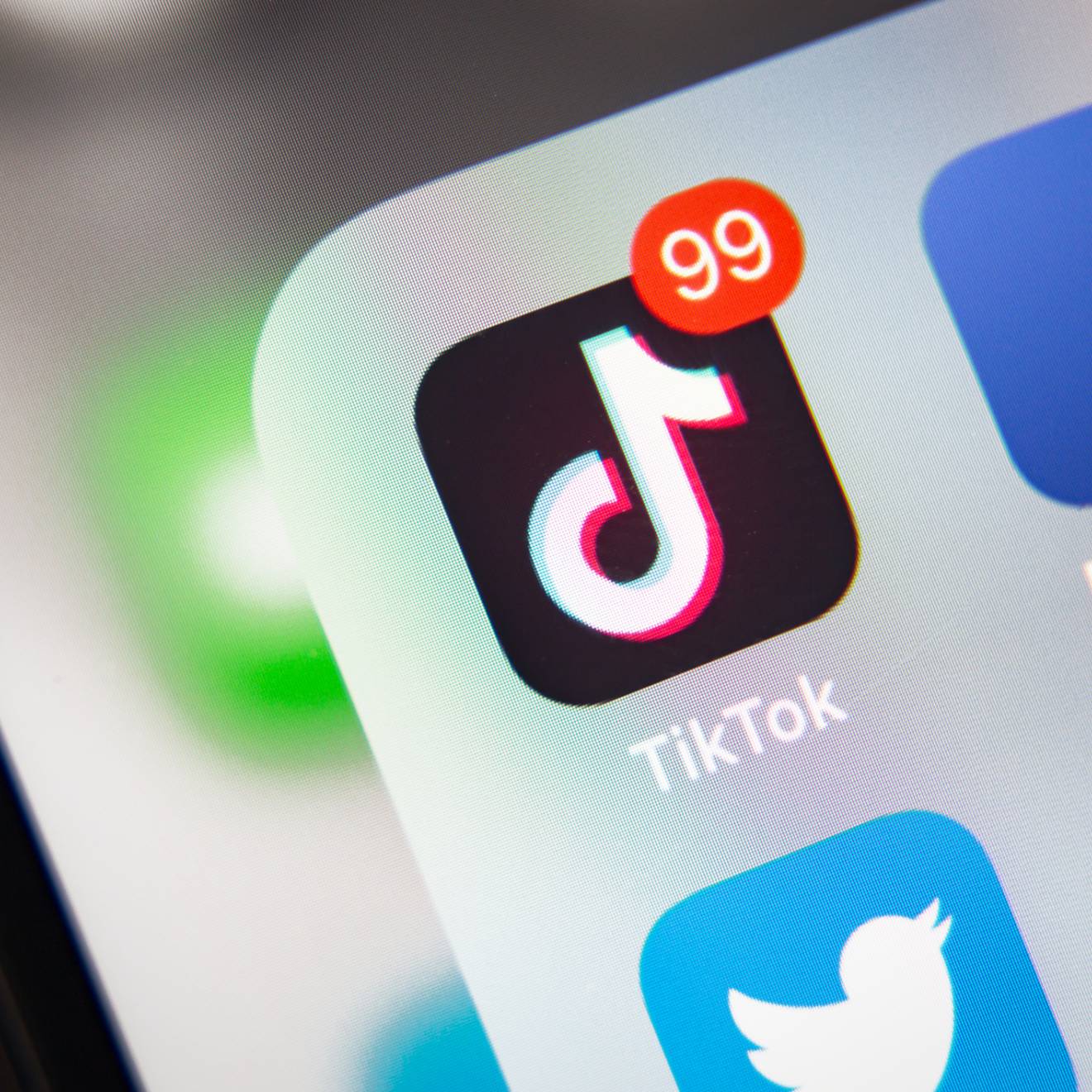Shelly Leachman, UC Santa Barbara

It’s 6 a.m. on a Saturday. You slept terribly and can think only of coffee. Bundled up in your baggiest sweats, hat pulled down over your hair and dark sunglasses for anonymity, you slink into the closest cafe hoping to slip back out just as quickly, hot cup in hand, without speaking to a soul.
Too late.
“Good morning! How’s it going today?” inquires an overly perky barista before you’ve even ordered your latte. Ugh, you think to yourself. Now what?
According to recent research, you should chill out — and lean in. Every interaction we have, even those we don’t want, is a building block of our identities and beliefs. And collectively, they all comprise our “social biomes.”
“A social biome is our ecosystem of day-to-day communication,” explained Andy Merolla, a professor of communication at UC Santa Barbara. “It’s the totality of our moments of communication — in-person and digital — with loved ones, acquaintances, co-workers, neighbors, customers and complete strangers. These are interactions we choose to engage in, those thrust upon us, and those we just happen to bounce in and out of. Our social biomes are a complex mix of the choices we make as communicators and the constraints placed upon us by the communication environments we happen to live in."

Drawing in part from their own research, Merolla and collaborator Jeffrey A. Hall, at the University of Kansas, elucidate a new way to think about our relational life in “The Social Biome: How Everyday Communication Connects and Shapes Us” (Yale University Press, 2025). The book, which was featured this week in a New York Times interactive article, is a social science-backed exploration into the complexities of, and opportunities within, day-to-day communication.
Communication can be awkward. It can be excruciatingly hard. And it isn’t always positive — especially, the two authors noted, in this era of acute polarization and uncertainty. There are no simple recipes or magic formulas for “good” interpersonal
communication, they argue, but research does provide general blueprints for working through the many barriers that exist to social connection.
The first step, Merolla said, is simply to own it.
“Normalizing the challenges of interpersonal communication can go a long way,” he said. “Struggle, conflict and disappointment are not antithetical to care, love and support. They’re all parts of being interdependent with others. When we endeavor to connect, we’re inevitably going to fall short at times.
“Life demands a lot from us each day, and there are ever-growing external forces pulling us apart from one another. Against these headwinds, it’s totally understandable that we’d prefer to sidestep the messiness and awkwardness of everyday interaction — be it with strangers, coworkers, friends or family. But there can be real costs to this at individual and societal levels. Turning away from others can crystallize into personal routines of disconnection. Once that kind of social inertia sets in, it can become difficult for us to endure the social stress necessary to be trusted and accountable relational partners — the bedrock of healthy relationships.”

Andy Merolla's research examines various communicative and emotional processes, such as social connection, conflict management, interpersonal forgiveness and relational maintenance. Using approaches such as experience sampling, his current research analyzes how patterns of everyday social interaction are associated with feelings of connection and disconnection to others. Some of his recent research also explores the role of communication in constructing hope and the important role that hope plays in managing difficult life situations.
So how do you cultivate a healthy social biome? According to the authors, it depends. Variability abounds. Some of us are already maxed out on daily communication due to work and family responsibilities and can’t manage a shred more. Others have loads of alone time and fewer opportunities for interaction. Some face stigma and threats to safety that may restrict who they’re comfortable interacting with. Merolla and Hall’s book attempts to meet people where they’re at.
And wherever you are, they note, the value of small moments — from office chit-chat to quick texts to a friend — shouldn’t be discounted. Connection and responsiveness are crucial.
“Our individual social biomes can be healthier if we can be more responsive to those around us, particularly those who are isolated or too often treated with indignity,” said Merolla, who will discuss the book as a panelist at the 2025 Los Angeles Festival of Books. “When we strive to connect with others, we do so in an inherently and increasingly complicated social world. The interdependence underlying relationships also means that any one person’s ability to connect is shaped by other people’s willingness and capacity to match their efforts. There’s only so much we can control. But I continue to see genuine and realistic hope in these ideas. We can try to be more responsive to those around us, even in — perhaps especially in — those awkward mundane moments of everyday life. Even small changes to our communication habits can, over time and across people, scale up and reverberate across our social ecosystems.
These moments alone, of course, won’t fix all the problems we face. Nor will they always go as planned. Bit by bit, though, they can catalyze connection and build our confidence to be our best, if imperfect, selves in the higher-stakes interactions that await.”

